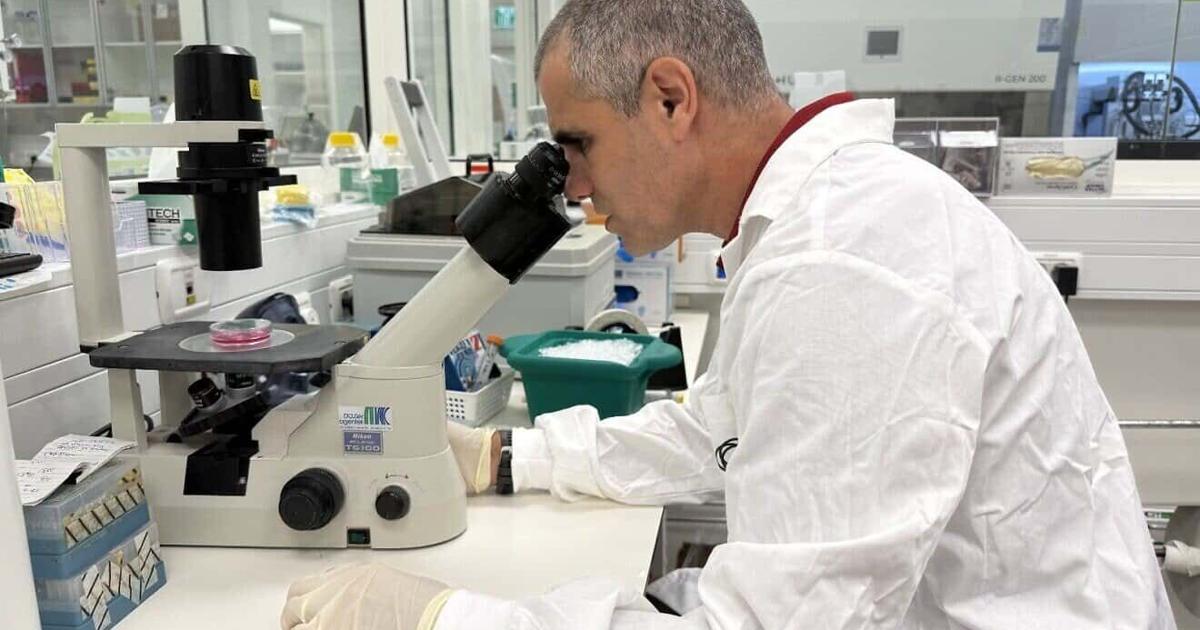The first such procedure in the world could offer a cure for paralysis.
(JNS) Israel is set to carry out the world’s first ever implant of a lab-grown spinal cord using a patient’s own cells, in a medical breakthrough offering a potential cure for paralysis, Tel Aviv University announced on Wednesday.
The groundbreaking surgery, which is expected to be carried out in the coming months, marks a milestone in regenerative science, with the goal of enabling the patient to walk again within a year.
The university said that the Israeli Ministry of Health has given preliminary approval to begin “compassionate use” trials in eight patients.
“This is undoubtedly a matter of national pride,” said Tel Aviv University Prof. Tal Dvir who is leading the medical innovation. “The technology was developed here and from the very beginning it was clear to us that the first-ever surgery would be performed in Israel, with an Israeli patient.”
The spinal cord—which extends from the base of the brain to the lower back—is composed of nerve cells that transmit electrical signals from the brain to all parts of the body. When the spinal cord is severed due to trauma, such as a car accident, a fall, or an injury, this chain is broken, leaving patients paralyzed below the site of injury.
“It is one of the very few injuries in the human body that has no natural regenerative ability,” Dvir said.
The new procedure seeks to replace the damaged section with a lab-grown spinal cord that fuses with healthy tissue above and below the injury.
About 15 million people around the world are living with spinal cord injuries, according to the World Health Organization.
The upcoming spinal-cord implant surgery comes three years after researchers at Tel Aviv University first succeeded in engineering a personalized three-dimensional human spinal cord in the laboratory.
They demonstrated that mice suffering from chronic paralysis, when treated with the engineered implants, started walking once again.
“Our goal is to help paralyzed patients rise from their wheelchairs,” Dvir said. “The animal model trials showed extraordinary success, and we are hopeful that the results in humans will be just as promising.”
